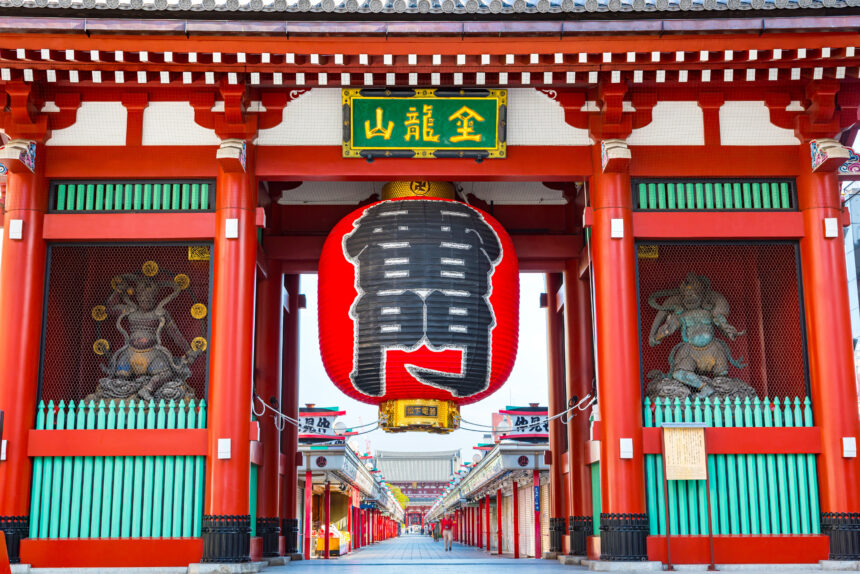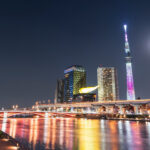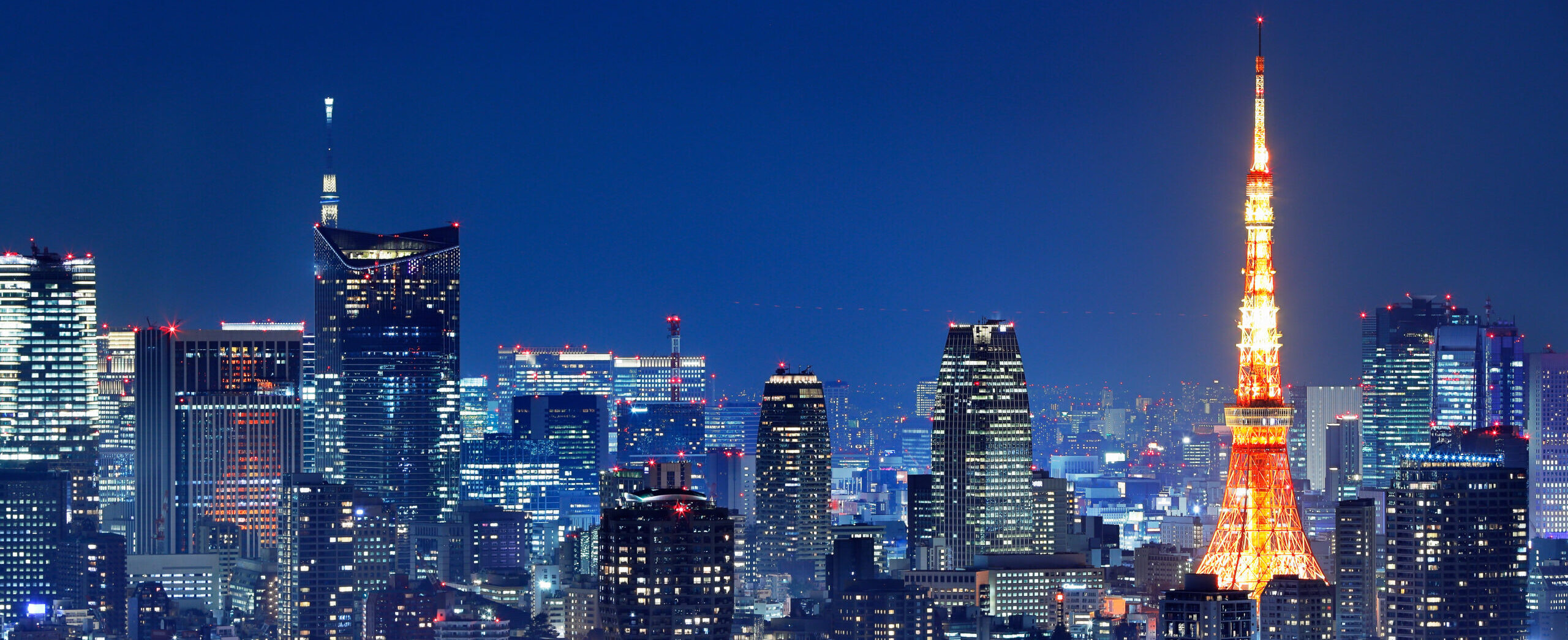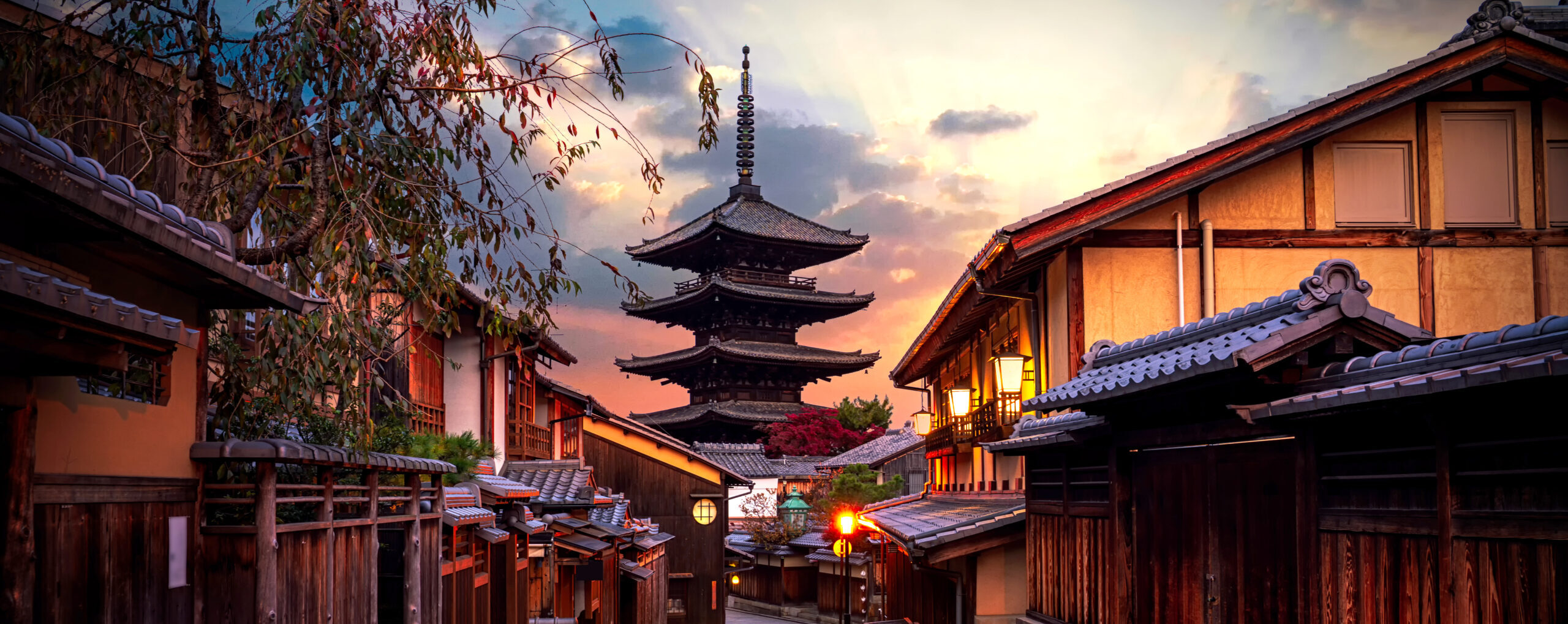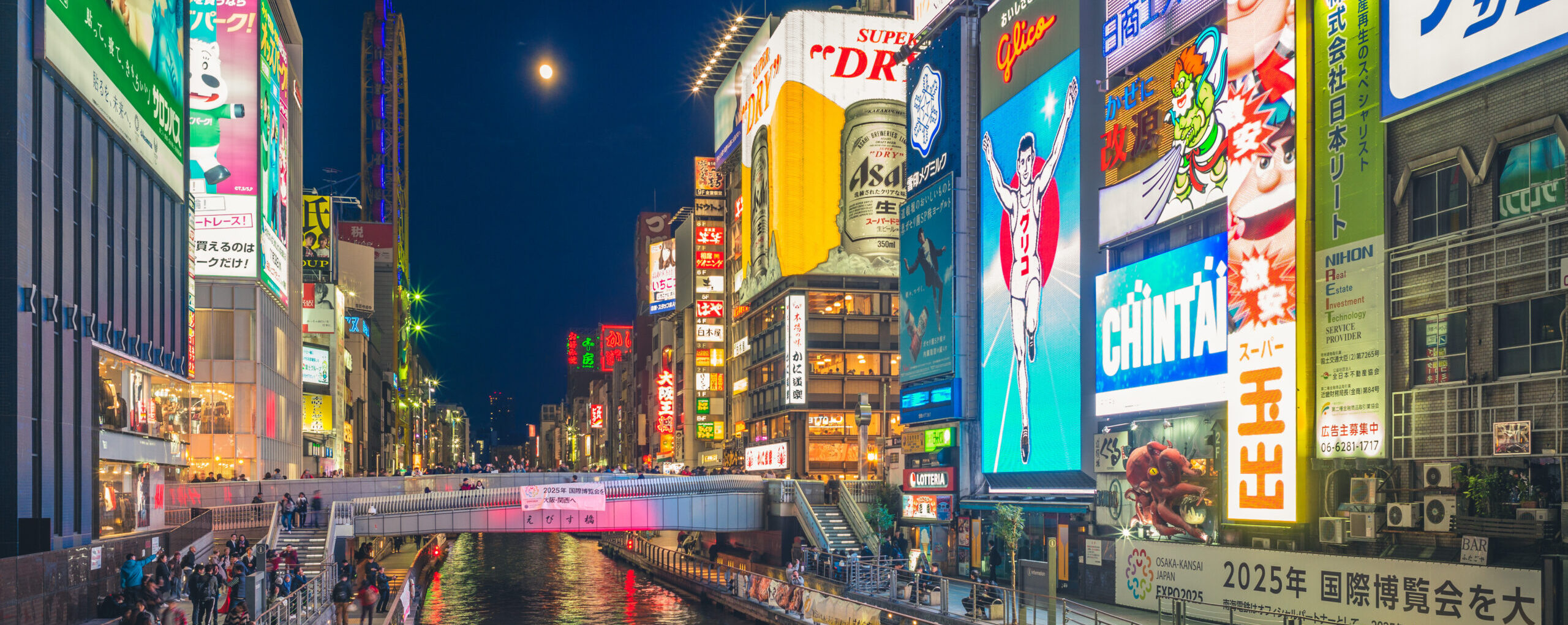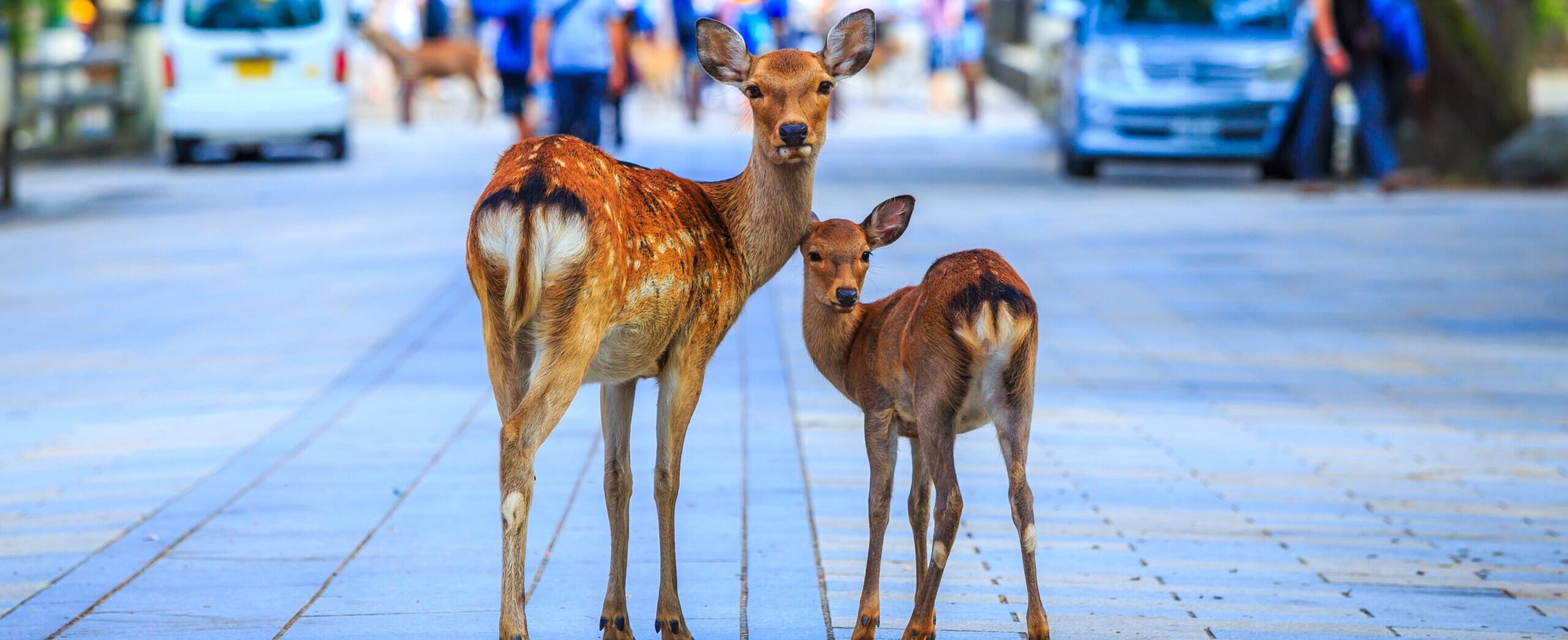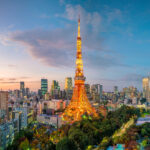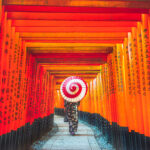In this Article
1. Overview of Senso-ji
Senso-ji, located in Asakusa, Tokyo, is Tokyo’s oldest and most famous temple, founded in the 7th century. Known for its iconic Kaminarimon (Thunder Gate) and large red lantern, Senso-ji attracts millions of visitors each year who come to experience its vibrant, traditional atmosphere. The temple complex, surrounded by shopping streets and historical sites, provides a glimpse into Tokyo’s rich cultural heritage.
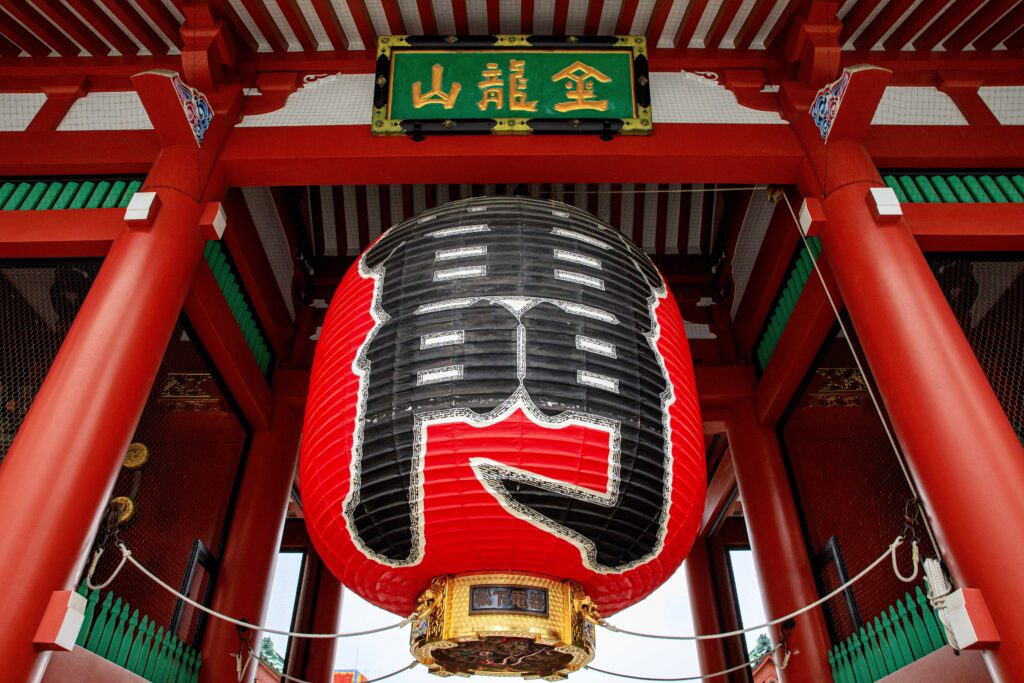
2. History of Senso-ji
Senso-ji was established in 628, making it Tokyo’s oldest temple. Legend has it that two fishermen discovered a statue of the goddess Kannon in the Sumida River, and the temple was built to honor her. Over the centuries, Senso-ji has become a spiritual hub for locals and tourists alike, surviving wars and natural disasters to remain a symbol of resilience and devotion in Tokyo.
3. Highlights of Senso-ji Temple
Kaminarimon and Nakamise Street
The Kaminarimon (Thunder Gate) marks the entrance to Senso-ji and is one of Tokyo’s most famous landmarks. Beyond the gate lies Nakamise Street, a bustling shopping street lined with stalls selling traditional snacks, souvenirs, and crafts. Nakamise Street leads directly to the temple and is a lively area for visitors to enjoy shopping and sampling local treats.
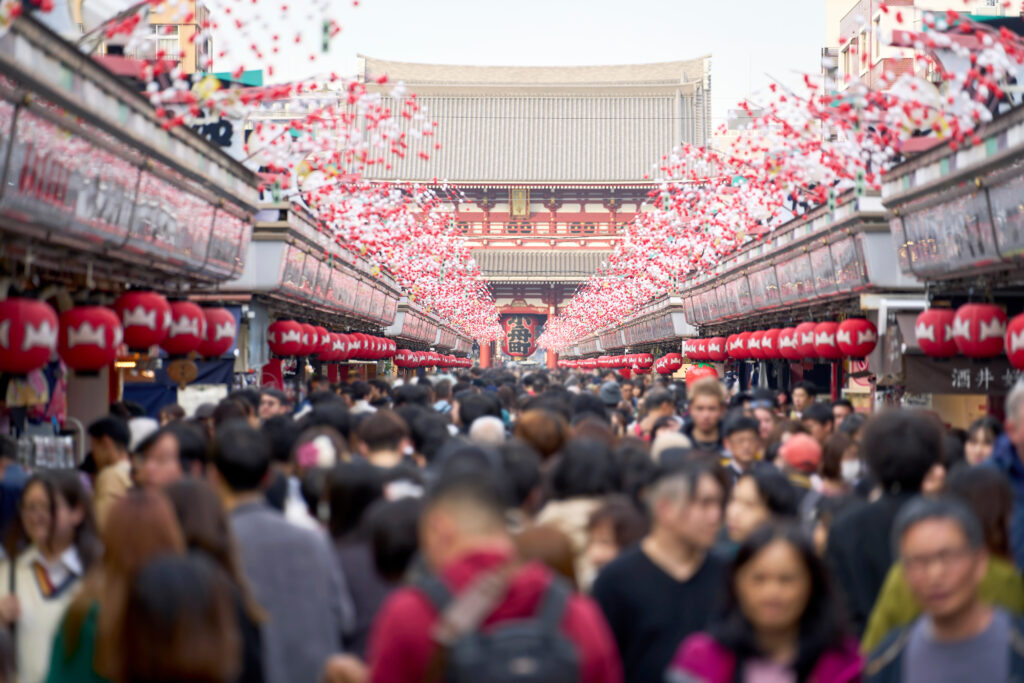
Hondo (Main Hall)
The Hondo, or Main Hall, is the heart of Senso-ji, housing a statue of Kannon, the goddess of mercy. Visitors can make offerings, pray, and enjoy the stunning architecture of this historic building. The hall’s interior features intricate artwork and carvings, reflecting the temple’s long-standing importance in Japanese culture.
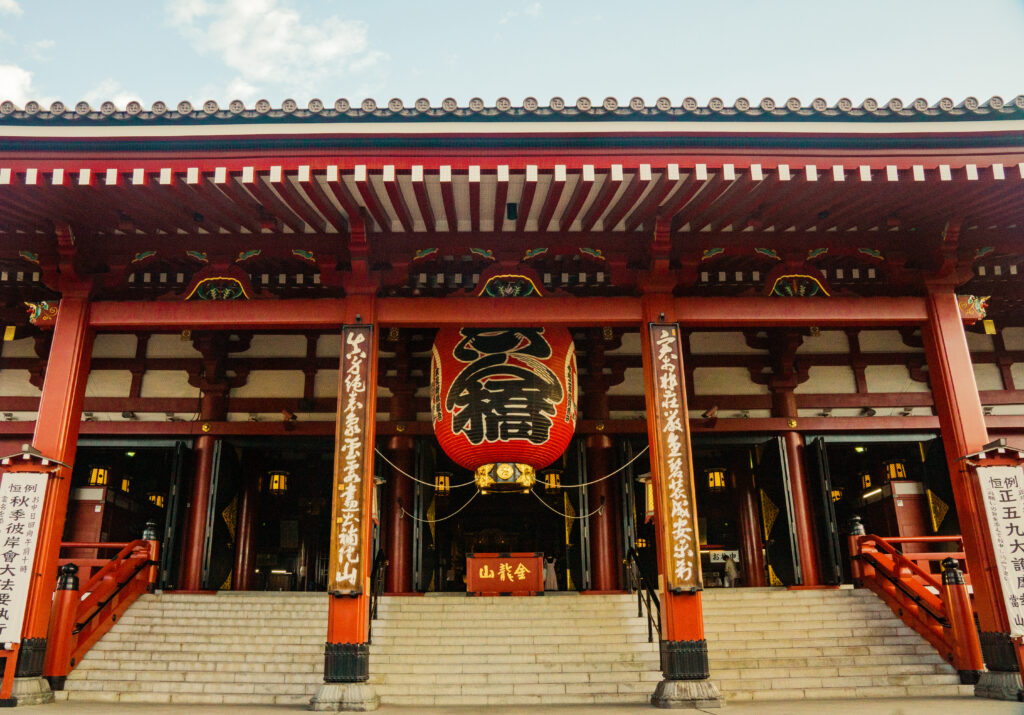
Five-Story Pagoda
Next to the Main Hall stands a five-story pagoda, a symbol of Buddhist heritage in Tokyo. This pagoda is especially striking during nighttime illuminations, and its presence adds a layer of spiritual significance to the temple grounds. Visitors often capture the pagoda in photos, especially with the temple buildings as a backdrop.
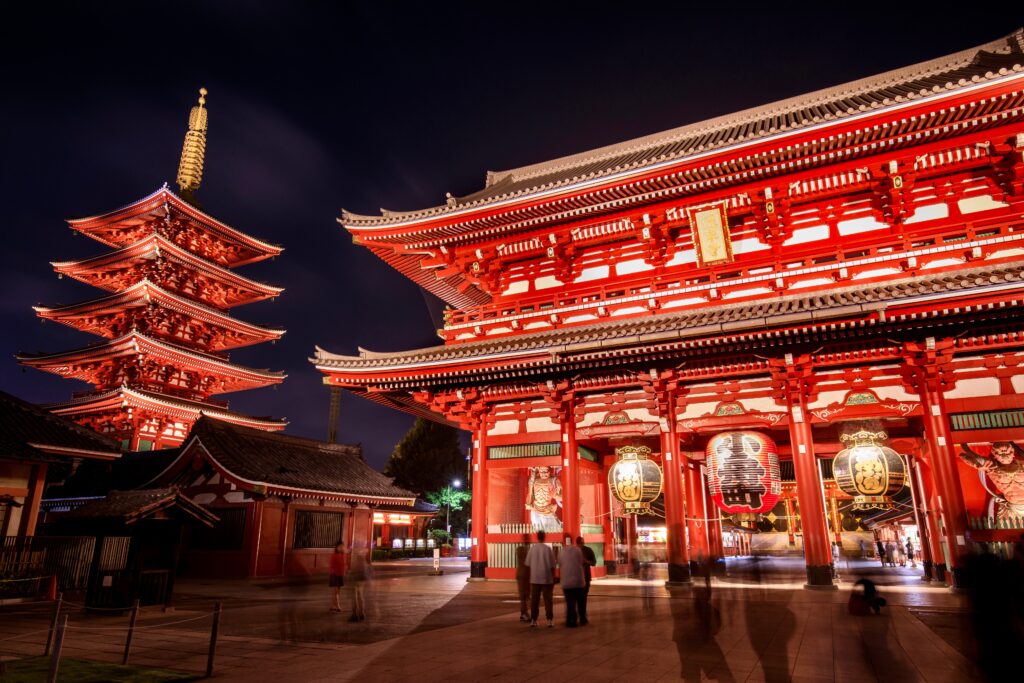
Incense Burner (Jokoro)
One of the most popular spots at Senso-ji is the Jokoro, a large incense burner located near the Main Hall. Visitors gather around the Jokoro to waft the purifying smoke over themselves, a tradition believed to bring good health and fortune. Many people fan the smoke toward parts of their body they wish to heal or strengthen, adding a spiritual element to the temple visit. The sight of people surrounding the Jokoro, amidst the fragrant smoke, creates a uniquely Japanese scene of devotion.
4. Seasonal Events and Festivals
Senso-ji hosts many seasonal events, the most famous being the Sanja Matsuri in May, one of Tokyo’s largest festivals. Other events include cherry blossom viewing in spring and New Year’s celebrations, during which the temple attracts massive crowds. The temple grounds are decorated according to the season, adding to its festive atmosphere.
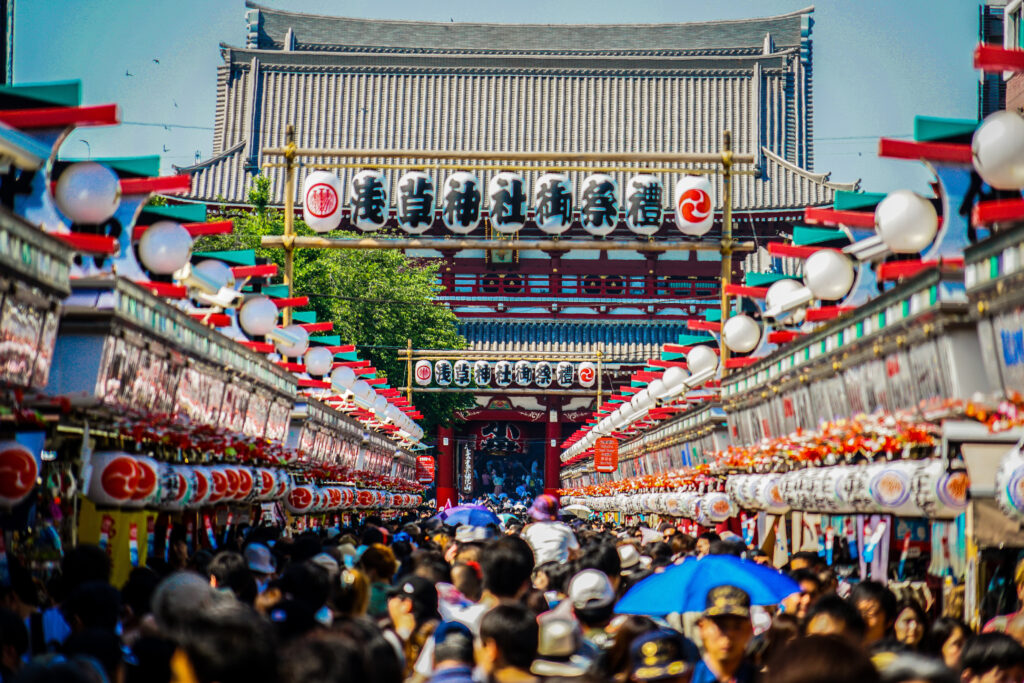
5. Access to Senso-ji Temple
Senso-ji is easily accessible from Asakusa Station, serviced by the Ginza, Asakusa, and Tobu Skytree lines. The temple is also close to other popular sightseeing areas along the Sumida River, making it an ideal location for travelers exploring Tokyo.
6. Hours and Fees
Admission Fees
Free
Opening Hours
Main Hall: 6:00 AM to 5:00 PM
Temple Grounds: Open 24 hours
Closed Days
No closed days
*Admission fees and hours are subject to change; please check the official website for the latest information.
